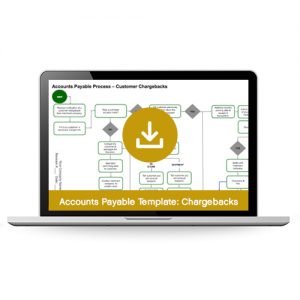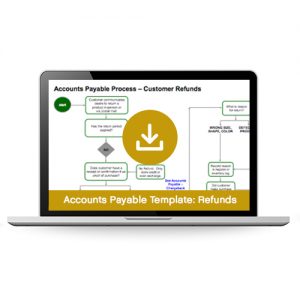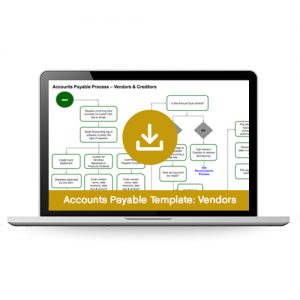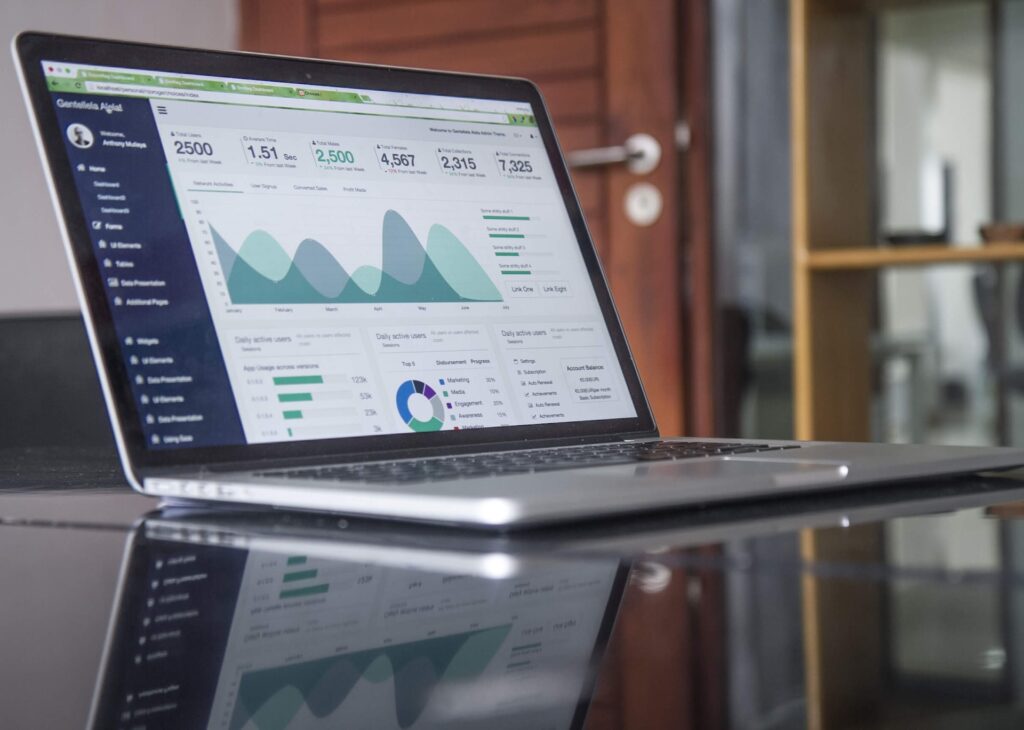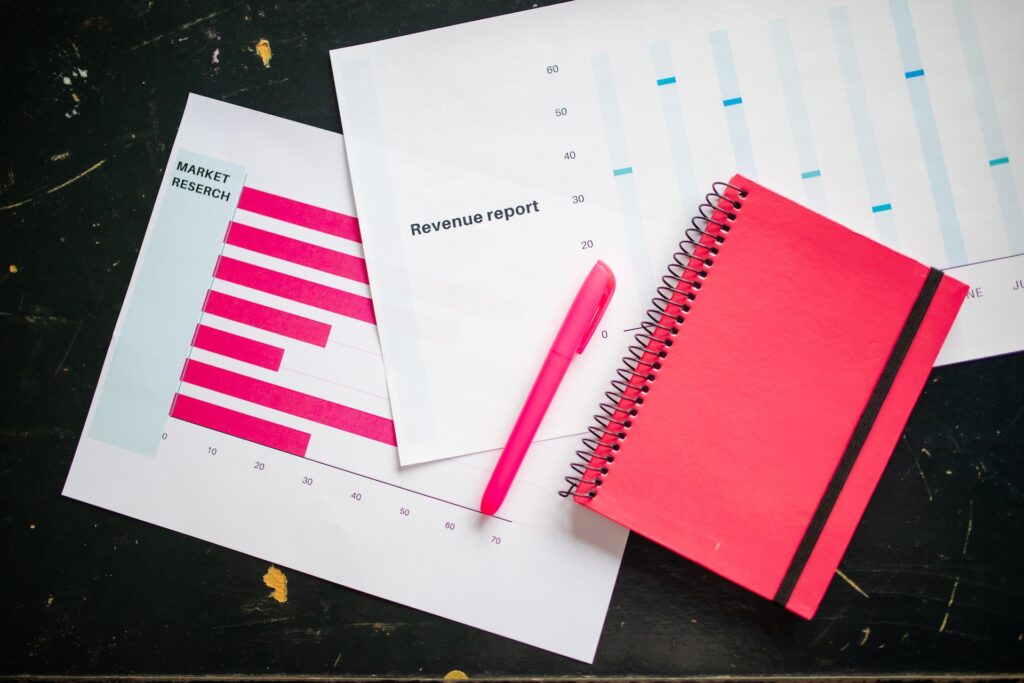When small amounts of money leak out of a small business, it can seem harmless especially as money continuously flows into your financial “tub”.
However, when taken in the aggregate, you might be shocked at how much money your company has lost in late (and hidden) fees, avoidable fines and preventable penalties. Invoices most commonly get paid late when they are out of sight. There are several sources/reasons that explain why bills and invoices can easily go unnoticed:
- hidden fees that are strategically embedded in the fine print of a contract or bill
- cluttered workspace that makes it difficult to find information
- extended time away from the office due to vacation, illness or a family emergency
The good news is there’s a simple 3-step solution that can reduce, if not eliminate, this type of financial waste from happening in the future.
Step #1: Setup a Visual Accounting System
Read the previous post, “How to Organize Your Business Accounting Records with a Visual System” to learn how to setup an inbox/outbox system that serves as a visual cue for paying bills on time.
Step #2: Document an Accounts Payable Process
There are three types of Accounts Payable processes that I recommend as a starting point for small businesses.
Type #1: Accounts Payable Process – Vendors & Creditors
This type of accounts payable process ensures your company’s: 1) creditworthiness, 2) ability to avoid unnecessary late fees/fines/penalties and 3) ability to quickly resolve billing discrepancies.
Type #2: Accounts Payable Process – Refunds
This type of accounts payable process applies to small businesses who sell products or services that include a refund policy. Refunds serve as a hole that can quickly, sometimes stealthily, sink a small business’ ship. Having this type of accounts payable process enables you to build internal alarms and warning mechanisms that, if followed, tightens the grip on refund policies and plugs the leak in your company’s cash flow.
Type #3: Accounts Payable Process – Chargebacks
This type of accounts payable process applies to small businesses that accept credit cards as form of payment for their goods and/or services. Credit card chargebacks are a sure-fire way to lose the operational and financial integrity of your small business. Having this type of accounts payable process not only secures your “good standing” position with merchant processors, but also reduces customer billing and shipping errors while preventing banks from freezing your company’s assets.
To jumpstart your process documentation efforts, you can purchase templates (as shown below) of all three types of accounts payable processes by The Process Shop. Here you can instantly download templates for Vendors & Creditors, Refunds and Chargebacks to either add to or create your Operations Manual.
Step #3: Establish a Records Management System
Once your visual accounting system is in place and your accounts payable process is documented and enforced, the last stage is to integrate this information into your company’s paper and/or electronic records management systems. This type of system establishes ground rules for how bills/invoices are named, filed, archived and purged.
In summary, “waste not, want not.” Don’t lose valuable money each month in avoidable fees, fines and penalties. Seal the source of these money leaks with a combination visual accounting system, accounts payable process and records management system.
Give it a try and share your results in the comments below!


